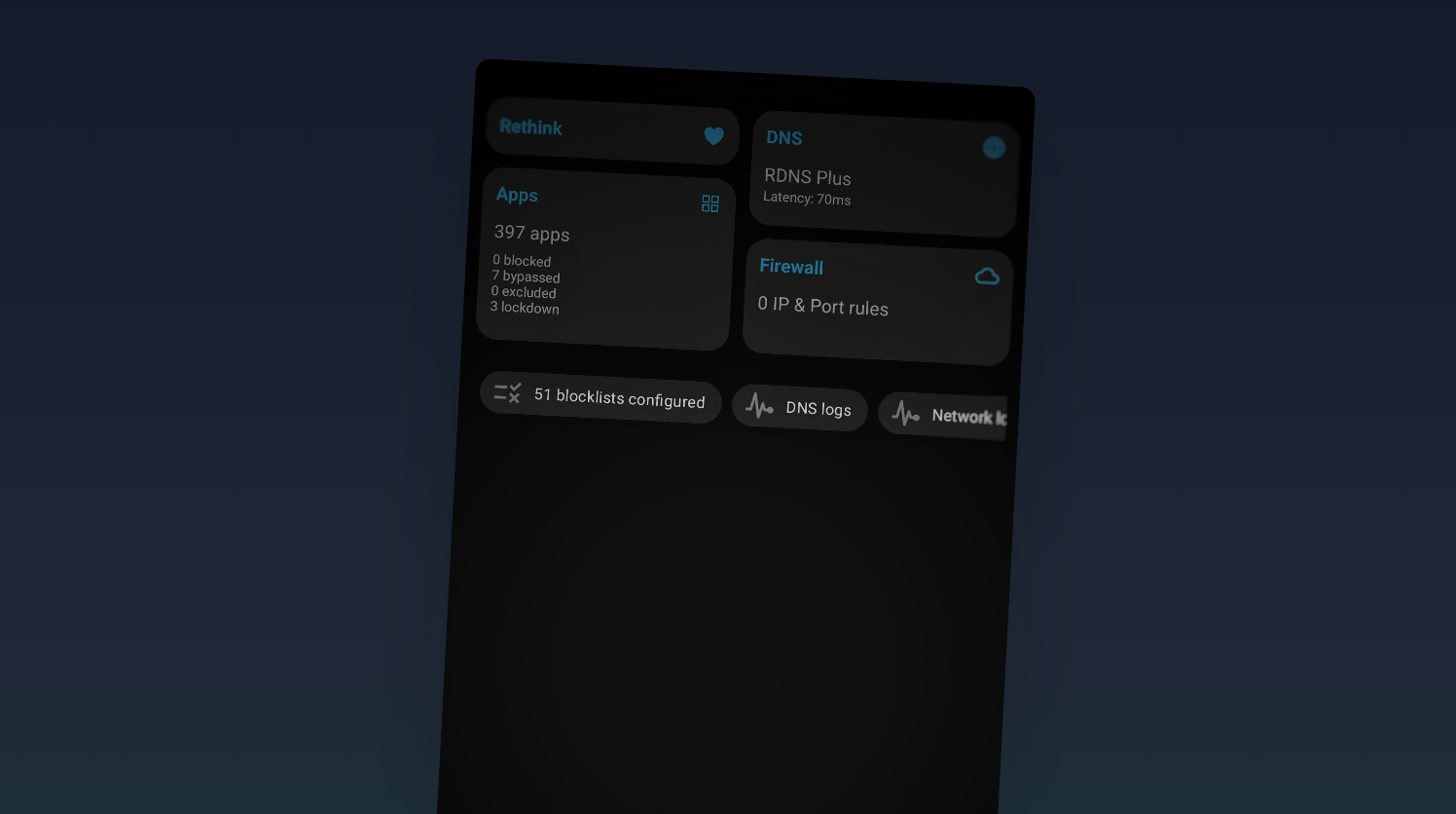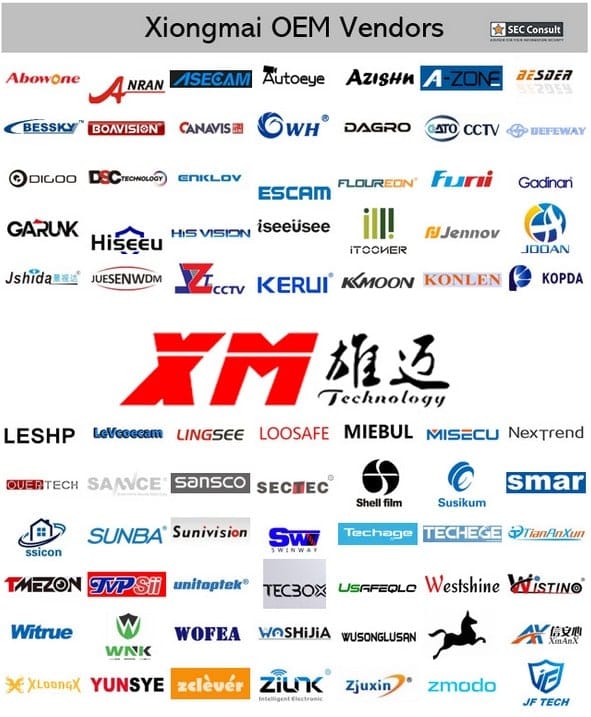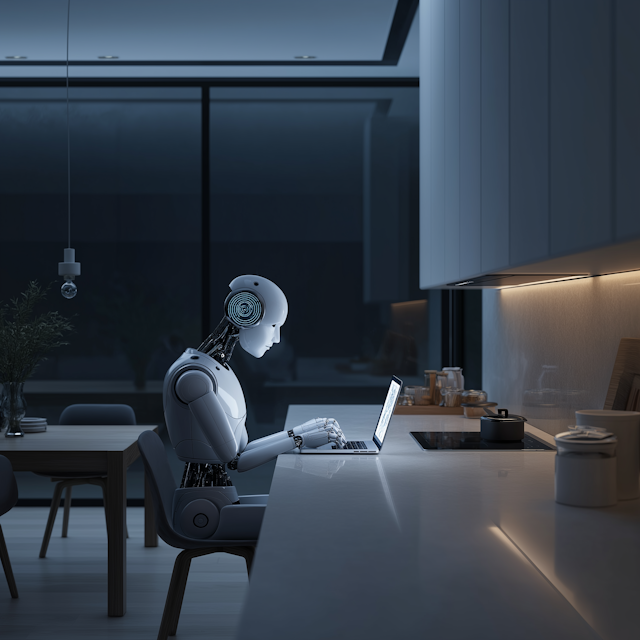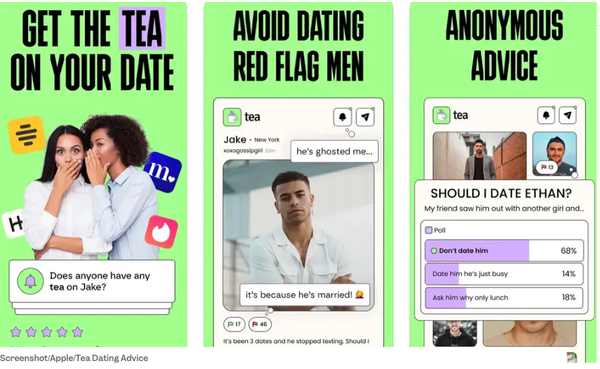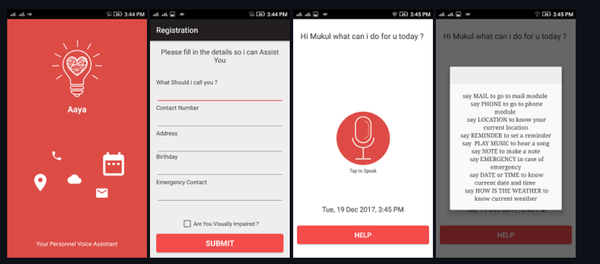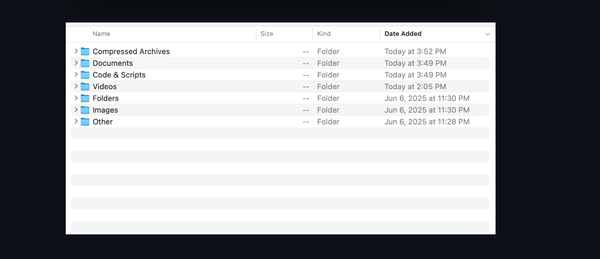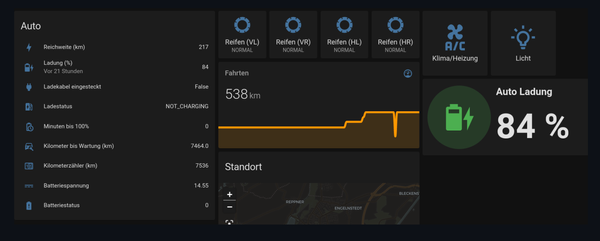Windows in 2025: Still the Wild West of Cybersecurity?
Table of Content
Man, I'm telling you, I had to help my friend last week with his "brand new" Windows laptop. Brand new my foot, it was slower than a dial-up connection and had more toolbars than a 1999 Geocities page. he swore it was clean, bought it literally two weeks ago. Yeah, right.
I'm not even kidding when I say I found malware on there that I thought was extinct. Like finding a T-Rex at a petting zoo. His response? "But it came from the store!" Buddy, that doesn't mean squat anymore.
I checked his machine and... wait, what?! I couldn't believe my eyes, I spotted a virus that I hadn't seen since the 90s. His response? "I bought this computer months ago, there's no way it's that old." I didn't even bother responding because, honestly, what could I say?
I started digging deeper into his issue and discovered he was dealing with ransomware that had encrypted all his Excel files. Lucky for him, he'd been working primarily on Google Sheets and downloading those files, so we managed to recover most of his data. Crisis averted, thanks to the cloud.
The whole situation reminded me of that classic Windows user mindset, "Microsoft made it, so it must be secure, right?" Wrong. A thousand times wrong. Your shiny new Windows machine is basically a house with a "Welcome" mat for cybercriminals if you don't lock it down properly.
Real Talk: Windows Security Scenarios You're Probably Living
Scenario #1: The "I Click Everything" Champion
You know this person. Every popup gets a click. "Your computer is infected!" Click. "You've won $5000!" Click. "Install this codec to watch this movie!" Click. Spoiler alert: that codec is actually a backdoor to your banking passwords.
Scenario #2: The "Default Settings Are Fine" Believer
"I've been using Windows for 20 years, I know what I'm doing!" Sure Jan. Meanwhile, your firewall is disabled, your antivirus is expired, and you're still using "password123" because it's "easy to remember."
Scenario #3: The "I'll Deal With It Later" Procrastinator
That notification about Windows updates? "Not now" for the 47th time. Those security patches? They're not just there for fun – they're patching holes that hackers are actively exploiting RIGHT NOW.
13 Ways to Harden Your Windows Machine in 2025
1. Ditch Windows Defender for Real Antivirus Protection
Look, Windows Defender is like bringing a knife to a gunfight. Go open-source with ClamWin or invest in a solid commercial solution. Your choice, but don't stick with the bare minimum.
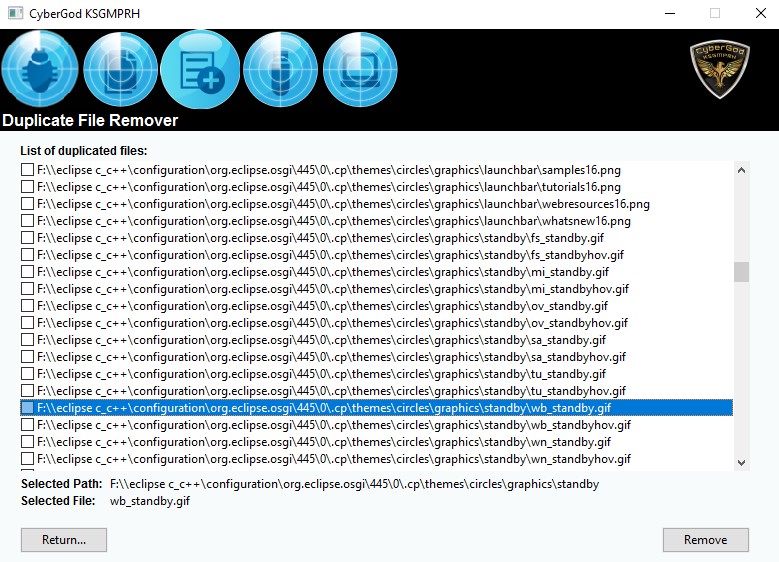

2. Enable That Firewall (Yes, Really)
Windows Firewall disabled itself? That's not a feature, it's negligence. Turn it on and actually configure it properly.

3. Update Everything, Not Just Windows
Your browser, your plugins, your PDF reader, everything. Cybercriminals love outdated software more than tax season.
4. Use a Real Password Manager
LastPass, Bitwarden (open-source friendly), or KeePass. Stop using "qwerty123" across every account. You're making it too easy.

5. Enable Two-Factor Authentication Everywhere
Bank accounts, email, social media, if it offers 2FA, use it. Your phone number is not a secret key.
6. Switch to a Non-Admin User Account
Stop running as Administrator. It's like leaving your house keys in the front door. Create a standard user account for daily use.
7. Kill Unnecessary Startup Programs
That cryptocurrency miner your nephew installed? Probably still running. Check your startup programs and nuke everything you don't need.
8. Use Open-Source Privacy Tools
Tor Browser for anonymous browsing, Signal for secure messaging, VeraCrypt for file encryption. The open-source community has your back.
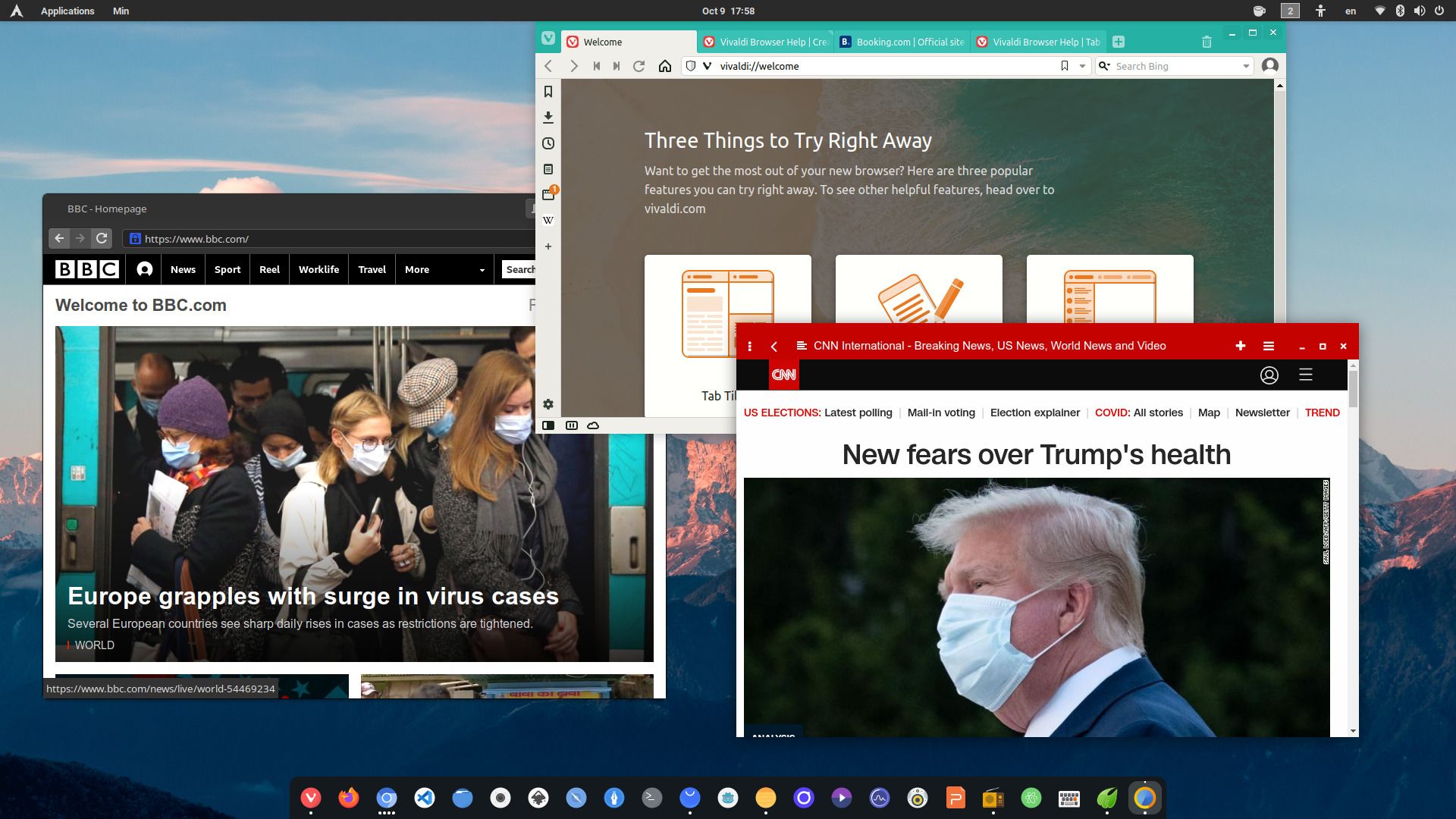
9. Set Up Parental Controls (Even If You Don't Have Kids)
Windows Family Safety or K9 Web Protection can block malicious sites and give you better control over what your system accesses.

10. Regular System Scans with Multiple Tools
Run Malwarebytes weekly, HitmanPro monthly, and occasionally boot into Kaspersky Rescue Disk for a deep clean.
11. Disable Unnecessary Windows Features
Bluetooth you never use? Turn it off. File sharing? Disable it. Remote desktop? Unless you need it, kill it. Less is more in security.
12. Use Encrypted DNS Services
Switch to Cloudflare (1.1.1.1) or Quad9 (9.9.9.9) with DNS-over-HTTPS. It's like putting your internet traffic in an armored car.
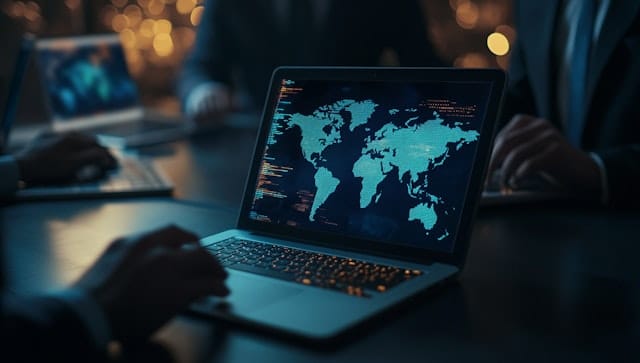
13. Regular Backups – The Ultimate Insurance
VeraCrypt for encrypted local backups, cloud storage with zero-knowledge encryption, or good old-fashioned external drives. When ransomware hits, you want to be the one laughing.
The Bottom Line
Windows in 2025 is still Windows, powerful, user-friendly, and wide open to every cyber threat known to mankind. The default security settings are designed for convenience, not protection. If you're not actively securing your system, you're just another target waiting to happen.
Think of it this way: leaving your Windows machine "as-is" is like driving a convertible with the top down in a hurricane. Sure, the breeze feels nice until you're soaked and miserable.
Android? That's a Whole Other Mess
Don't even get me started on Android security, that's a rabbit hole for another day. Let's just say if Windows is the Wild West, Android is the post-apocalyptic wasteland where security went to die.
Stay safe out there, and for the love of everything digital, update your systems!
